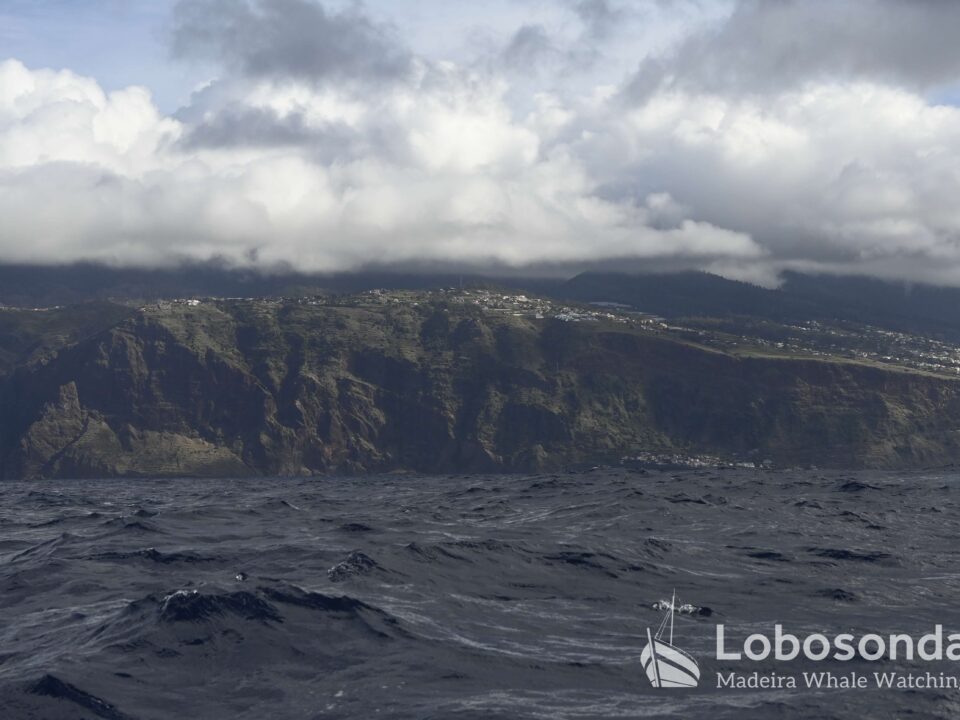
17.06.2023 – Co-exist
June 25, 2023
20.06.2023 – The biggest surprise ever
June 27, 2023Every so often, guests ask about hierarchical situations within groups of whales and this, in some cases, tends to be a quite dependent on group dynamics. This is particularly the case for pods of oceanic dolphins such as Bottlenose Dolphins (Tursiops truncatus) or Atlantic spotted dolphins (Stenella frontalis) where the “leading animal” may vary according to a given situation. Some are better leaders when it comes to reproductive success, others tend to be the group champion when it comes to foraging for prey but it all burns down to coordination amongst the group. We saw Bottlenose dolphin pods on all tours today and managed to encounter spotted dolphins on our last trip aboard our zodiac, and encounters with both species almost always allow our team to point out close relationships rather than fixed hierarchies.
The Blainville’s beaked whale (Mesoplodon densirostris), a species encountered during all of our zodiac’s tours today, enjoys a different social setup. In Madeira the stable resident female groups are thought to experience a series of male animals migrating from one group to the other, temporarily forming their own harem. For that period of time, it seems the male animal is in charge but this can not be fully determined given the elusive nature of the species.
Matriarchal pods of Sperm whales (Physeter macrocephalus) usually follow the guidance of the pod’s oldest and most experienced females while the males, like the enormous ones encountered this afternoon, tend to live a more nomadic life.
Of course, hierarchies can vary according to region and the associated anthropogenic pressures found there but the social organisation of toothed whale groups is yet another piece of proof of how cultured and intelligent these animals are.
By Paula Thake
Sightings of the day
Ribeira Brava
09:30 Bottlenose Dolphins
Stenella
09:30 Blainville’s beaked whales, Bottlenose Dolphins
13:30 Bottlenose Dolphins, Sperm whales
16:00 Atlantic spotted dolphins, Blainville’s beaked whales, Bottlenose Dolphins
























